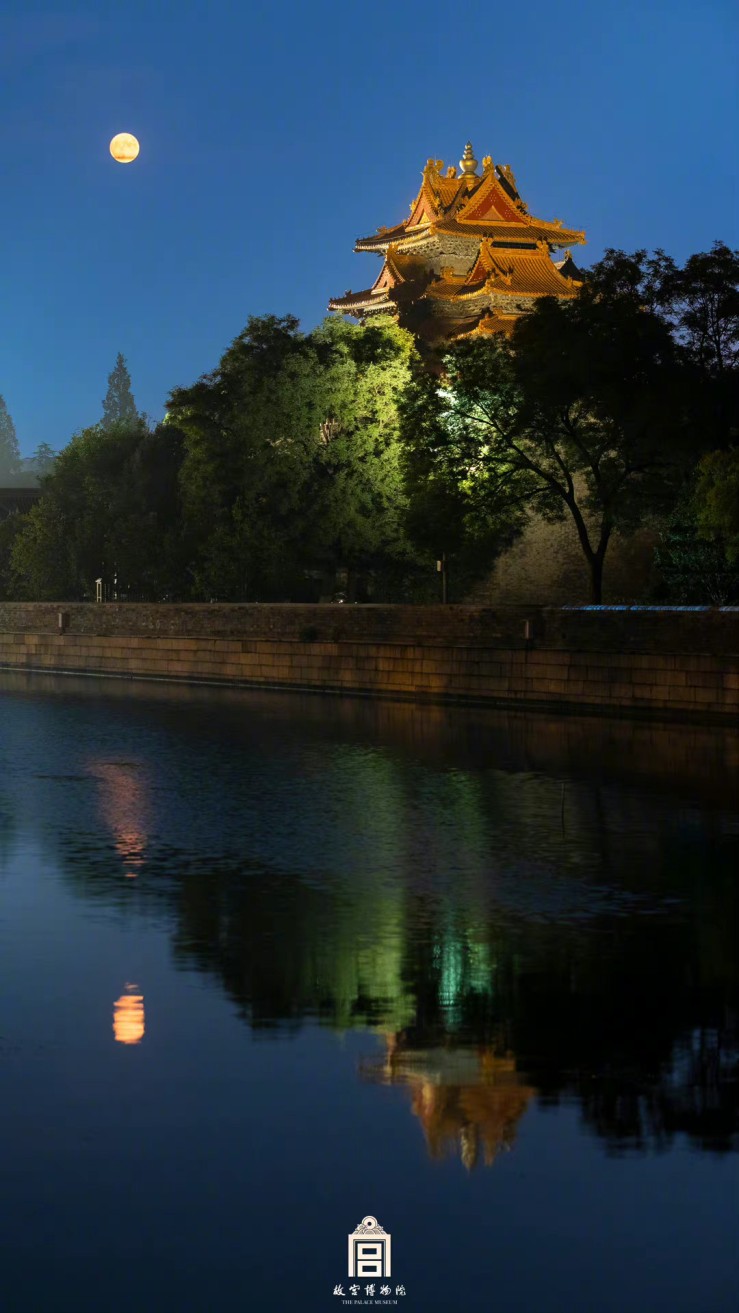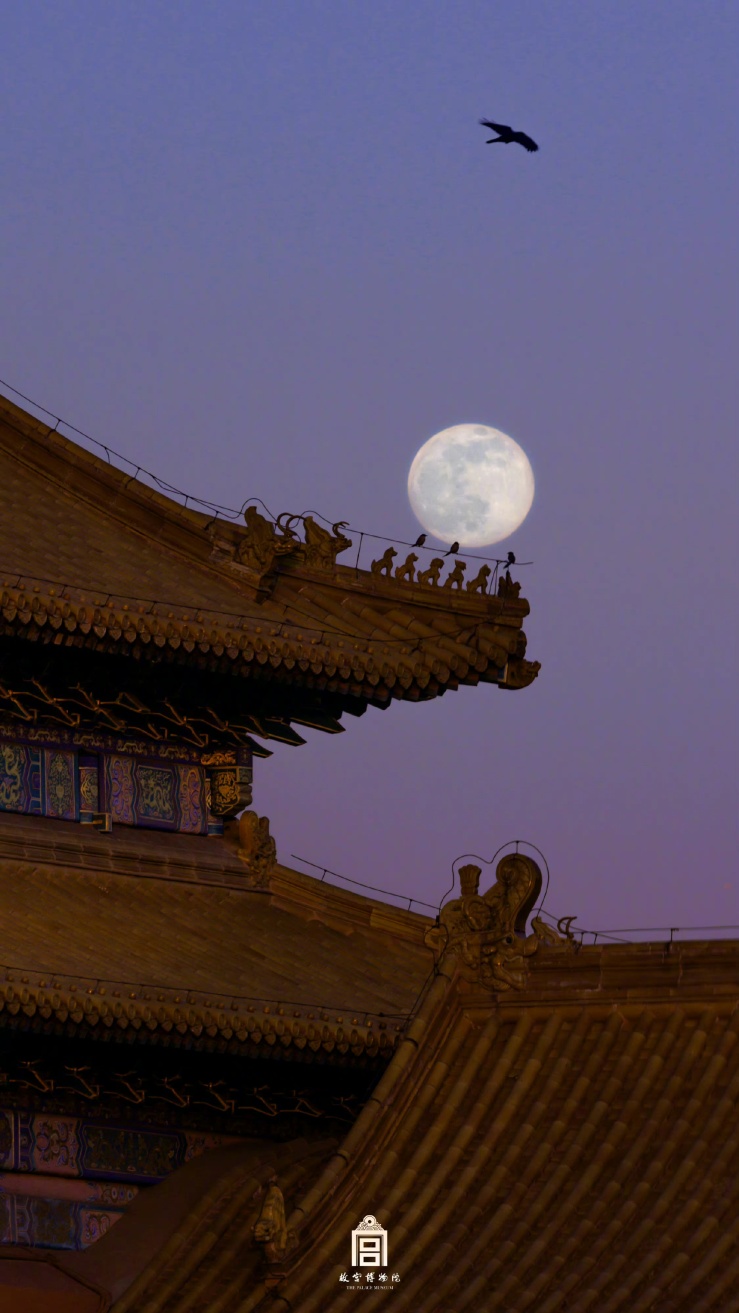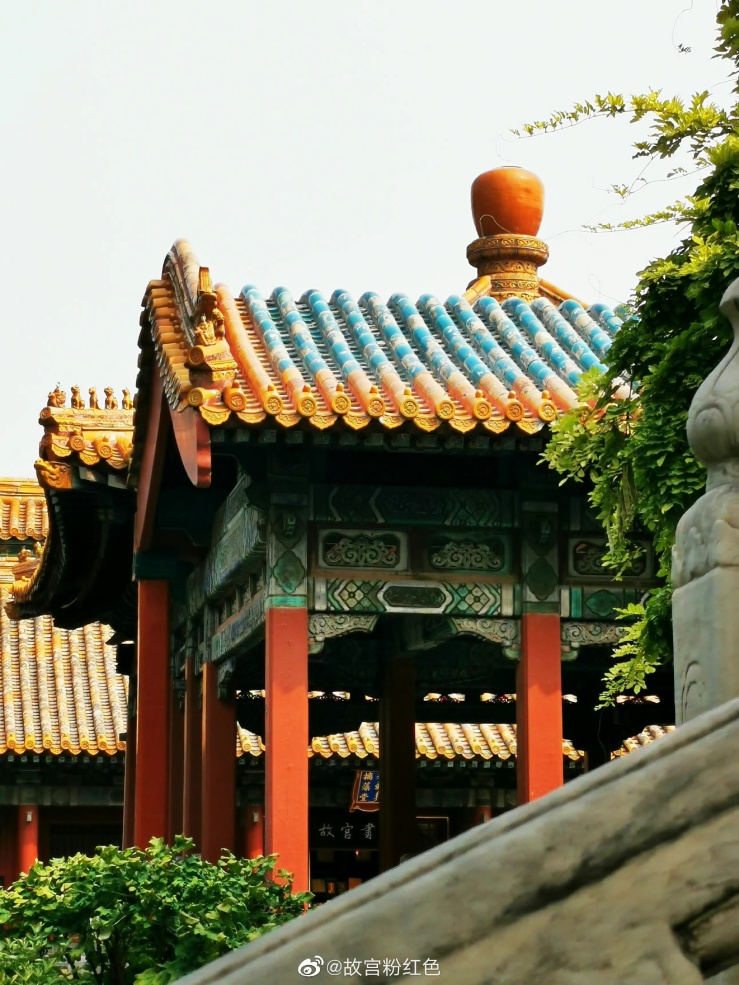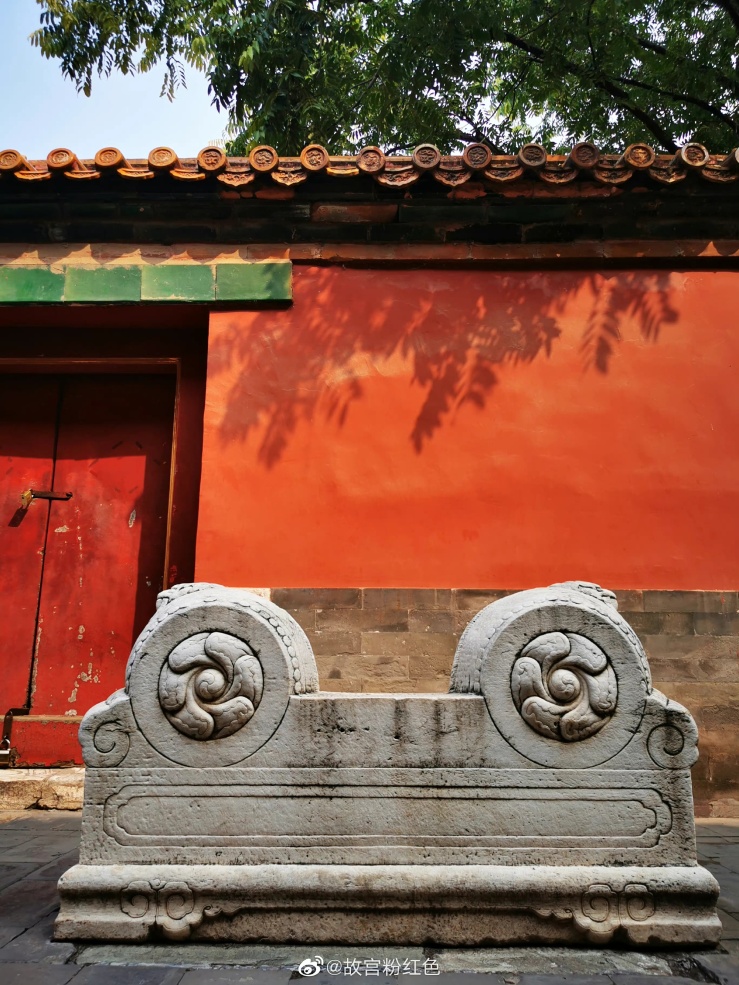In this year’s 2022, the second decade from the turn of the century in Beijing the Capital of China also the People’s Republic of China, in which is also the year of the Tiger, marking its six hundred and two years anniversary of the Forbidden city that marks the transitional point of in between the middle of the Ming Dynasty (1368- 1644) transitionally from Nanjing to Beijing towards the Qing Dynasty (1636-1644-1911) …. The Imperial Palace seen so many countless seasonally transitional equinoxes but further its six hundred years is iconic, but it’s five hundred ninety nine years it marks it Autumn Equinox…. In which it only took twelve years to build the same of the Daming Palace of The Tang Dynasty Xian Imperial Capital only it was least twenty times larger…
On the 10th September 2022 it was height of the full moon also the中秋節mid-Autumn Festival is an important traditional festival in the cultural circle of Chinese characters. It originated in China and falls on the fifteenth day of the eighth lunar month every year , from the beginning of September to the beginning of October in the Gregorian calendar (between September 7 and October 7). Influenced by the cultural circle of Chinese characters, the Mid-Autumn Festival is also a traditional festival in some countries in East and Southeast Asia, especially the local Chinese and overseas Chinese. According to the lunar calendar, August is the second month of autumn.











One of the four traditional festivals in China
The Mid-Autumn Festival, also known as the Moon Festival, Moonlight Birthday, Moon Night, Autumn Festival, Mid-Autumn Festival, Moon Worship Festival, Moon Festival, Moon Festival, Reunion Festival, etc., is a traditional Chinese folk festival. The Mid-Autumn Festival originated from the worship of celestial phenomena, and evolved from the Qiu Xi festival in ancient times. Since ancient times, the Mid-Autumn Festival has folk customs such as offering sacrifices to the moon, admiring the moon, eating moon cakes, watching lanterns, appreciating osmanthus flowers, and drinking osmanthus wine.







The Mid-Autumn Festival originated in ancient times, popularized in the Han Dynasty, shaped in the early years of the Tang Dynasty, and prevailed after the Song Dynasty. The Mid-Autumn Festival is a synthesis of autumn seasonal customs, and most of the festival and customs elements it contains have ancient origins. The Mid-Autumn Festival uses the full moon to signify the reunion of people, as sustenance to miss the hometown, miss the love of relatives, pray for a good harvest and happiness, and become a colourful and precious cultural heritage.
At first, the festival of “Sacrificial Moon Festival” was on the 24th solar term ” Autumn Equinox ” in the Ganzhi Calendar, and it was later adjusted to the 15th day of the eighth lunar month in the Xia Calendar The Mid-Autumn Festival, the Spring Festival, the Qingming Festival and the Dragon Boat Festival are also known as the four traditional festivals in China. Influenced by Chinese culture, the Mid-Autumn Festival is also a traditional festival for some countries in East and Southeast Asia, especially the local Chinese and overseas Chinese….
Imagines credits are of the Forbidden city –Imperial Palace –Beijing – China- People’s Republic of China




